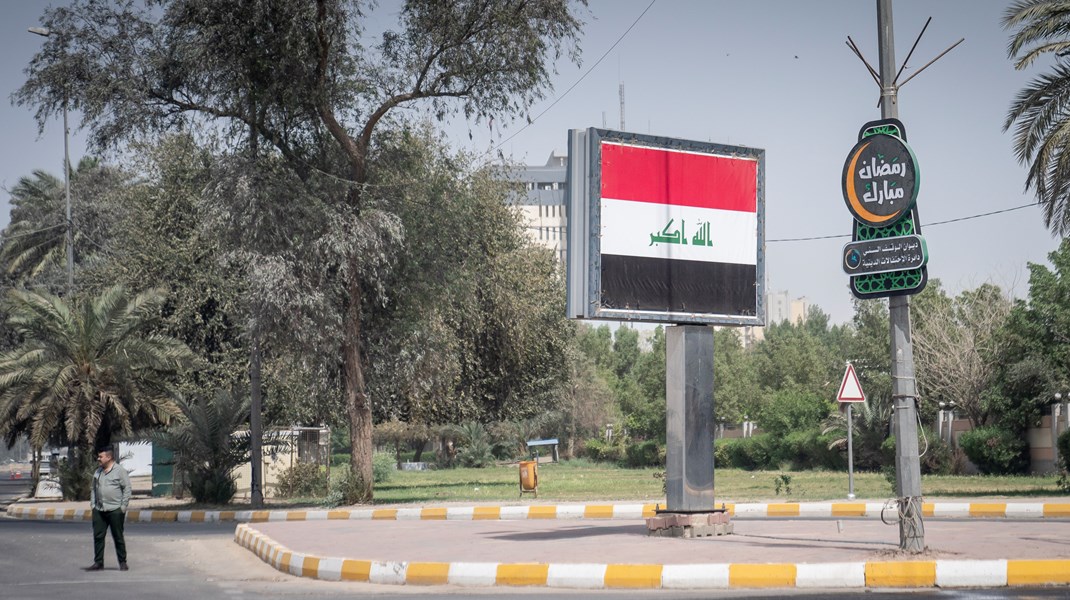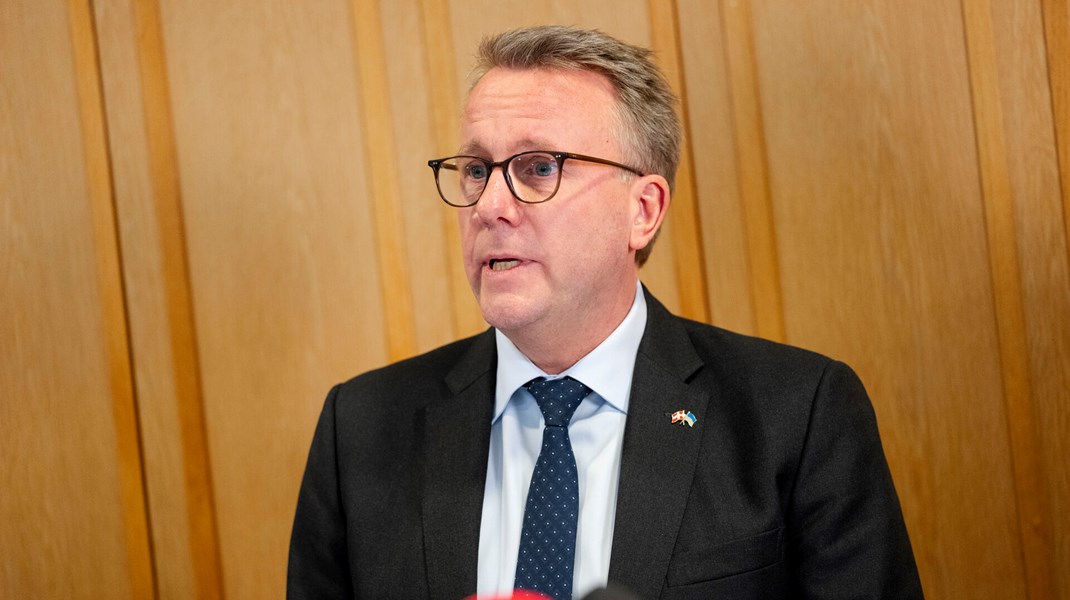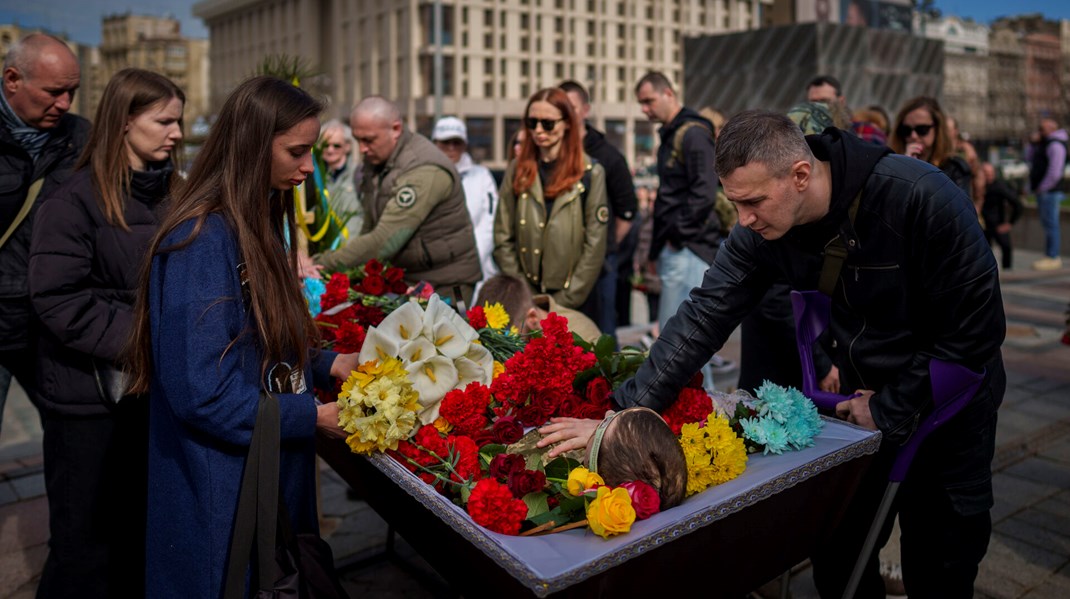Congo needs $70 million for humanitarian aid and early recovery
OVERVIEW OF THE HUMANITARIAN CONTEXT
The resurgence of hostilities in the Pool since April 2016, seventeen years after the end of the first conflict in that department, resulted in a serious humanitarian situation in terms of food security, nutrition, health, education, protection in general and of women and children in particular, loss of shelter and non-food items.
By the end of 2017, the number of people in need was estimated to be 160,000, including the displaced, the people who remained in their villages of origin and host families. Humanitarian assistance in 2017 was unable to reach people in the hitherto inaccessible districts of Goma Tse-tse, Kindamba, Vindza and Kimba, as well as people in several localities along the railway line. Complementary assessments in these administrative districts will be crucial to gain a better overview of the overall situation in 2018.
CONTEXT
The population of the Pool Department is estimated at about 300 000 inhabitants, 51.2% of whom are women (2014 projection based on the 2007 census of the National Institute of Statistics). The population of the areas affected by the humanitarian situation is estimated at 160,000 people. In this department, 62% of households depend on agriculture as their main livelihood. According to a registration exercise conducted at the end of 2017, it was established that the displaced population is mainly found in Brazzaville as well as in the departments of Kouilou, Pool, Bouenza, Niari and Lékoumou.
The Republic of Congo has been shaken by a humanitarian crisis since the resumption of hostilities in the southern department of Pool in April 2016 until the ceasefire signed on December 23, 2017. The rate of malnutrition exceeded the emergency threshold of 15 % established by the United Nations System and reached 17% in 2017.
The Humanitarian Response Plan launched on 18 July 2017 for US $ 23,700,000 enabled the Government and the UN System and its partners to provide humanitarian assistance to 138,000 people in distress in and around the Pool Department. Strategic, technical and operational coordination mechanisms have been put in place with the support of the United Nations system.
Humanitarian action is conducted through sectoral groups on nutrition, food security, water, hygiene and sanitation, health, protection, shelter and non-food items, education, early recovery, coordination and support services.
As of December 31, 2017, the humanitarian response plan received $13,524,093 representing 57.06% of the total amount required. However, the needs remain immense as observed by the joint evaluation mission by humanitarian partners in October 2017, which indicates a total number of 158,717 people in need located in Brazzaville, Pool, Bouenza, Lékoumou, Niari, Kouilou and Pointe-Noire.
The cessation of hostilities agreement of December 2017 has led to an effective ceasefire in the Pool Department, which could lead to an enhanced deployment of humanitarian actors with the aim of refining assessments and providing the required humanitarian assistance.
However, while this ceasefire provides some peace in the department, some areas and villages remain inaccessible and unauthorized by the Government (especially Kibossi village in Goma Tse-tse district).
However, logistics constraints are also a challenge in areas where roads are no longer used since the beginning of 2016.
It should be noted that the DDR process guaranteed by the cease-fire agreement should also allow the implementation of humanitarian and recovery actions covering the needs of the returned populations.
On the economic front, the sharp drop in oil prices since 2014 have continued to affect the Republic of Congo in 2017 with a worsening of the national economic situation.
The economic crisis has led to a slowdown in economic growth and non-oil GDP from 7.9% in 2014 to 5.3% in 2015, followed by a sharp contraction in 2016 (-3.1%) and 2017 (- 5%). This crisis affects the social sectors and decreases the country’s capacity to finance humanitarian action in the Pool Department. Most humanitarian assistance remains dependent on the external support of its partners.
A MULTISECTORAL IMPACT
Some families were separated because one of their members was threatened while others preferred to go to the capital Brazzaville, or to Niari, Bouenza, Lékoumou or Kouilou where they have relatives. Some villages have been completely destroyed and the return prospects of displaced populations are low in the short term. Indeed, despite the lull observed following the conclusion of the cessation of hostilities agreement, it will be necessary to rehabilitate the roads, to rebuild the houses and to clear the fields to facilitate return and reintegration. Security for these families is, however, the top priority.
The populations left behind in their villages or localities of origin have been particularly exposed and have seen their living conditions deteriorate for the past 20 months.
Displacements to or from these remote areas have been very difficult due to the presence of armed men and military controls. Although fighting has stopped, banditry and the risk of ambush continue to pose plausible threats, especially in remote areas.
In general, access to health services remains problematic for both displaced and host populations as well as those remaining in affected areas. Most of the health facilities visited at the time of the October 2017 mission were either closed, non-functional or dysfunctional due to a lack of staff and drugs. It is also very likely that the health situation in areas not visited because of inaccessibility is worse than that prevailing in areas that have already been assessed. Health care, where it exists, requires payment both for the host populations and the displaced (500 to 1000 FCFA per consultation). Immunization coverage remains low in the departments of Pool and Bouenza.
The food and nutritional situation remains precarious.
Displaced households face great difficulties in accessing food and markets. There is a high volatility of staple food prices in the affected areas, with an upward trend. The price of basic foodstuffs has doubled in some localities.
In May 2017, the nominal price of the kilogram of foufou (staple food obtained from cassava flour) increased, compared to November 2016, by 85% in the Mindouli market and 10% in the Loutété market (IDP reception area in the department of Bouenza). The same trends are observed with regard to the nominal price of rice, which recorded, during the same period, an increase of 55% in the Mindouli market and 25% in the Kinkala market. In most localities visited by the joint mission in late 2017, WFP food assistance is the only aid received so far.
In most of the sites visited, the army has established a security perimeter (an average of 5 km) around the villages. Displaced and host populations therefore no longer have access to their usual livelihoods (agriculture, fishing, hunting and gathering). In many cases, displaced people lack agricultural tools and seeds to carry out agricultural activities.
Access to drinking water, both in quantity and quality, is a problem that affects both host populations, displaced persons and populations that remain in the affected areas. According to the results of the MICS1 Congo Multiple Indicator Cluster Survey 2014-2015, the percentage of populations using water from improved sources was 44.9% for Pool and 72% for Bouenza. In other words, access to water was already experiencing structural problems in the departments of Pool and Bouenza, and these difficulties were aggravated by the humanitarian situation. Traditional unprotected rivers and wells remain the main sources of water supply in most of the villages visited. With regard to sanitation, open defecation is general practice in the localities visited.
In the Pool Department, the situation of education is also worrying. 50% of primary schools are not functional. It is estimated that there are some 18,000 boys and girls who are no longer present in school districts (having left for other districts or departments) and whose schooling is likely to be disrupted. 65 schools were partially or totally damaged by the violence. In some cases, the roofs were blown by the maneuvers of combat helicopters, in others, furniture was turned into firewood. Classes remain sparse especially in the villages not only because of uncertainty about security but also because of the parents’ inability to meet the needs (school supplies and uniforms) and to cope with school fees. Teachers in regroupment schools (in district capitals) lack any educational support to ensure quality education.
Shelter conditions and non-food items are deplorable.
The displaced have often fled leaving all their belongings behind. Houses and fields were ransacked and looted during the conflict. People lack shelters and essential household items (blankets, mattresses, buckets, cooking utensils, soap, etc.). Housing conditions are often precarious and many houses have been abandoned with roofs in poor condition. Displaced women face daily violations of their rights. Many people have fled without extra clothes and basic items (hygiene etc.).
Many women fled without their husbands, finding themselves alone with children, sometimes sleeping on the ground. The risk of sexual and gender-based violence is particularly high in the context of displacement. In addition, displaced women tend to be targeted by such violence every day, especially those with little or no income.


